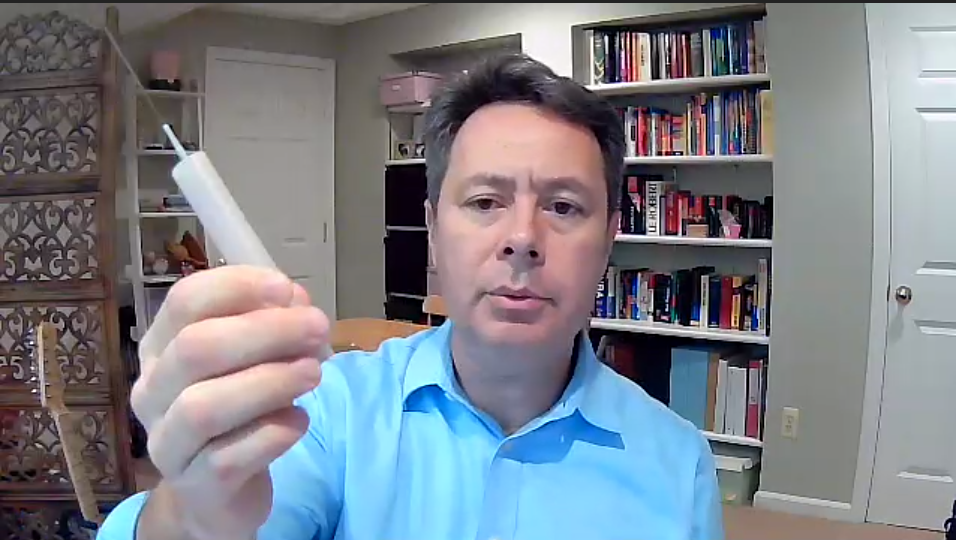Once Neglected, Subsea Broadband Cables Face Fresh Challenges, Federal and Local
June 23, 2020 — Due to the nature of its services, the subsea cable industry deals with numerous threats on a routine basis. In a webinar hosted by Federal Communications Bar Association on Monday, panelists detailed the challenges that the submarine cable industry faces as it attempts to connect th
Jericho Casper

June 23, 2020 — Due to the nature of its services, the subsea cable industry deals with numerous threats on a routine basis. In a webinar hosted by Federal Communications Bar Association on Monday, panelists detailed the challenges that the submarine cable industry faces as it attempts to connect the globe.
While some may have the perception that internet transmissions rely heavily on satellite connections, in reality, 99 percent of international voice and data is transmitted through undersea fiber optic cables.
Submarine, or subsea, cables are the backbone of the international telecommunications industry. The infrastructure consists of approximately 400 cables buried under the sea floor and laid along the seabed to carry communications signals across the ocean, between land-based stations.
While these networks are highly reliable, they are also highly susceptible to hazards and much is required for risk mitigation.
Industry challenges include fishing interference, seasonal weather restrictions, international tax dealings, inconsistent market demands and even pirates, noted David Robles, managing director of sales at SubCom.
Submarine cables face unavoidable security risks of digital espionage or sabotage
At the federal level, a major danger associated with subsea cables is the risk of digital espionage or sabotage of data security.
As ensuring cybersecurity is a priority of government, the Department of Justice created a committee called Team Telecom, under the National Security Division, to enhance security by assisting the Federal Communications Commission in the review of foreign participation in U.S. telecommunications.
One of Team Telecoms duties has been to review subsea cable applications to consider whether each application promotes the security of the United States.
“The Department of Justice is concerned with a number of factors including preventing abuses, protecting infrastructure and preserving infrastructure for intelligence purposes,” said Loyaan Egal, deputy chief of Team Telecom.
Submarine cables are problematic from a security perspective because maps of the cables are publicly available, as is necessary to intervene damages that would otherwise be caused by shipping and fishing industries.
The availability of the locations of cables means the information is also easily accessible to malicious actors.
Additionally, there are local-level challenges to submarine cable infrastructure
At the local and state level there are further challenges in developing and maintaining subsea cables.
Debra M. Bryan, associate city attorney of Virginia Beach, Virginia, detailed the subsea cable permitting process from a local perspective, as she personally navigated the course of bringing the first international submarine cables to the shores of Virginia Beach.
Bryan said that it took the city a long time to figure out what to do, saying she felt like she could get the cable permitted across the globe before getting it permitted here in the United States.
City leaders realized that under Virginia law, public property cannot be leased to a private entity. To sidestep this technicality, the property was leased to the city, and then the city of Virginia Beach subleased the property to private entities.
Bryan noted that the international permitting process is not only complicated, but “different everywhere you go.”
The city of Virginia Beach successfully surpassed local, state and federal authorization obstacles. It currently hosts three international submarine cables: MAREA, which connects the US to Spain, BRUSA, which connects the US to Brazil, and DUNANT, which connects the US to France.
Looking forward, the panelists predicted that geographic congestion of subsea cables is likely to become a concern. As more activity is happening in the ocean, available areas for cables to land is decreasing.
Subsea cables currently in place were instrumental in keeping up with the increased bandwidth demands that came along with the global Coronavirus pandemic.










Member discussion